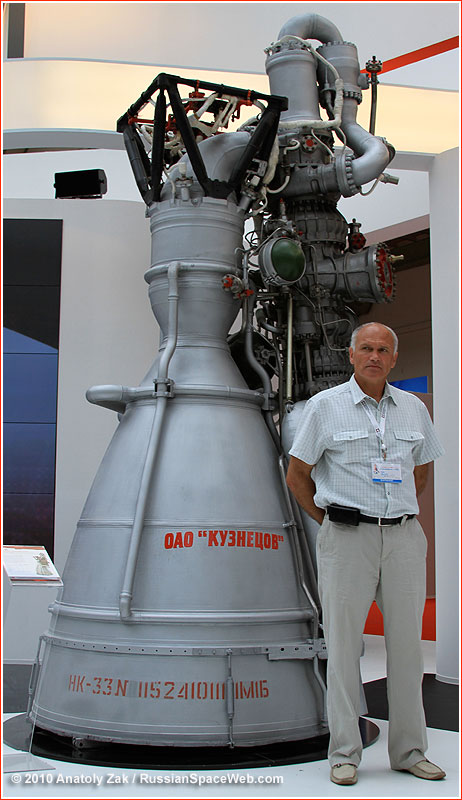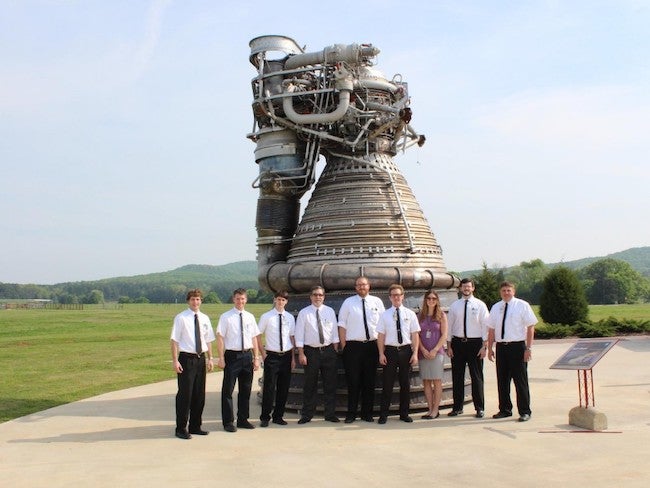Orbital implicates AJ-26 turbopumps in Antares' failed launch, October 2014
In a recent press release, Orbital suggested that a failure related to a turbopump in one of the rocket's two AJ-26 engines may have caused the October, 2014 Antares/Cygnus launch abort that destroyed both rocket and spacecraft. The turbopumps deliver fuel and oxidizer to the combustion chamber and are a common source of problems in rocket engines (see Heppenheimer 1997 for some perspective). Precisely why the turbopump may have failed is still not known, but Orbital has made it clear that the AJ-26 engines are unlikely to fly again.

Built originally for the Soviet lunar landing program, the AJ-26 engines (designated as NK33 by the Soviets) were produced in large numbers because many were needed for a single booster. Although they were designed to boost a stack approximately the same size as our Saturn V (S-IC main booster, S-II second stage, S-IVB upper stage, spacecraft and adapters above that), they are much smaller than their U.S. analogues, the F-1 engines that powered the S-IC (compare pictures above and below). Each F-1 could generate about 4.5 times more (vacuum) thrust than an NK33 can. So, while S-IC's powerplant was a cluster of 5 F-1 engines, the first stage of the N-1 contained 30 NK33s. This may seem like a bit of overkill, but the Soviet designers added extra motors to the cluster in anticipation of multiple failures (Harford 1997). But, although the engine's reliability left something to be desired, particularly in comparison to the F-1 engine's outstanding flight record, the NK33 is still very efficient. The specific impulse of the NK33 is approximately 9% larger than that of the F-1, which translates to significant fuel savings to achieve a given flight performance. (Specific impulse is the total impulse divided by the propellant weight--a sort of "oomph-to-weight ratio," not quite a thrust-to-weight ratio. For a concise introduction to the foundational concepts and equations of rocketry, see here). But, as happened with the Soviets, it looks like their reliability is going to end their careers in U.S. private industry.

References and readings
Harford, J. 1997. Korolev: How one man masterminded the Soviet drive to beat America to the moon. John Wiley and Sons, N.Y.
Heppenheimer, T. A. 1997. Countdown: A history of space flight. John Wiley and Sons, N.Y.
Woods, W. D. 2009. How Apollo flew to the moon. [2nd ed.] Springer (Praxis), N.Y.